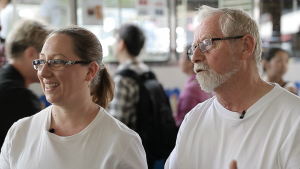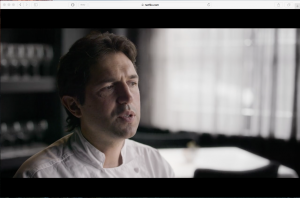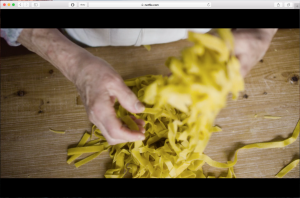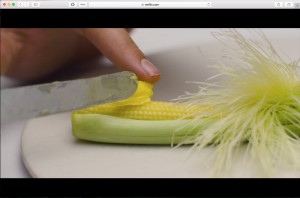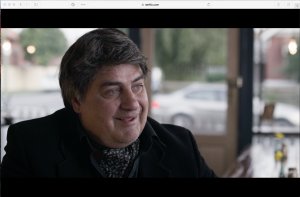WITH VAN IN BACKGROUND:
Can you please introduce yourselves?
Tell me the story about the history of this place. How did it all start?
sidetrack questions: could you describe to me the model of this van, where did your great-grandfather buy it from? how has it changed over time?
How did you learn to make these doughnuts? What kind of memories do you have with ADK as a child? Tell me some of the memories you’ve had with your family in this van.
Were there any challenges that you and your family had to face over the years with your business? If so, how did you overcome them?
I heard that you have a factory in Collingwood, how did that all happen?
Can you describe to me how the doughnuts used to be made before you guys had a factory? What are the differences?
Tell me about your favourite memory with a customer? What makes you guys continue to do what you do?
Your doughnuts are so iconic, people come a long way to get your doughnuts! What do you think makes them an icon, and What do you think makes them so special and unique?
I know that this place has been around for generations. What does this place mean to you and your family?
Is it important to both of you that this family legacy continue? And if so, how do you foresee the future of this business?
INSIDE VAN:
Could you do a brief tour for me?
How do you work with such a small space?
Tell me about a typical working day in the van.
Show me and explain to me how the equipments work?
What is your secret recipe 😉
Could you describe to me step by step the process of making the doughnuts?
ASK CUSTOMERS
Why are you here today? What do you think of the doughnuts?
Do you have memories of when
- Introduce yourself
- What is American Doughnut Kitchen?
- Why are the doughnuts are so iconic?
- How was the business established?
- How would you describe the success of ADK?
- Tell me about the customers that you get?
- What are your earliest memories of ADK?
- What memories do you have of your Grand Father?
- How did feel about continuing the legacy?
- Do you think the business will be passed on to your children?
What we want belinda to say:
Do you want to see the Arnold’s legacy
Arnold passed away in 1989 and I want to see the legacy of Arnold continue. He would be happy that people enjoy his donuts.
“I would hope that my children and their children will continue what my Grandfather started.”
The American Doughnut Kitchen has been in the Queen Victoria Market since 1950, when my Grandfather, Arnold and his business partner, Dave Christie bought a jam doughnut recipe from a german company. ADK started out as a small business and a van. Now, in 2017, the company has a factory in Collingwood, two doughnut vans that we use for functions and the van at Queen Victoria Market.
In summary
We can do all the interviews on the one day, but can come back if we need to.
Where?
Who?
Julie Boening (Arnold’s Daughter)
Craig Christie (Dave’s Son)
Belinda Donaghey (Julie’s daughter | Arnold’s Granddaughter)
Karl Boening (Julie’s husband | Arnold’s son-in-law)
Notes:
- What emotion are you trying to evoke? Write down what you hope to get out of subject.
- Limit to 10 questions? Target question 8 to find most about emotions?
- Start with context context questions? What is? Tell me about customers?
- Finish with questions that bring them back to contemporary times?
Community –
How long have you been at the [PLACE]?
History –
What are your earliest memories of the Doughnut Store?
How did feel about continuing the legacy?
“I would hope that my children and their children will continue what my Grand Father started.”
